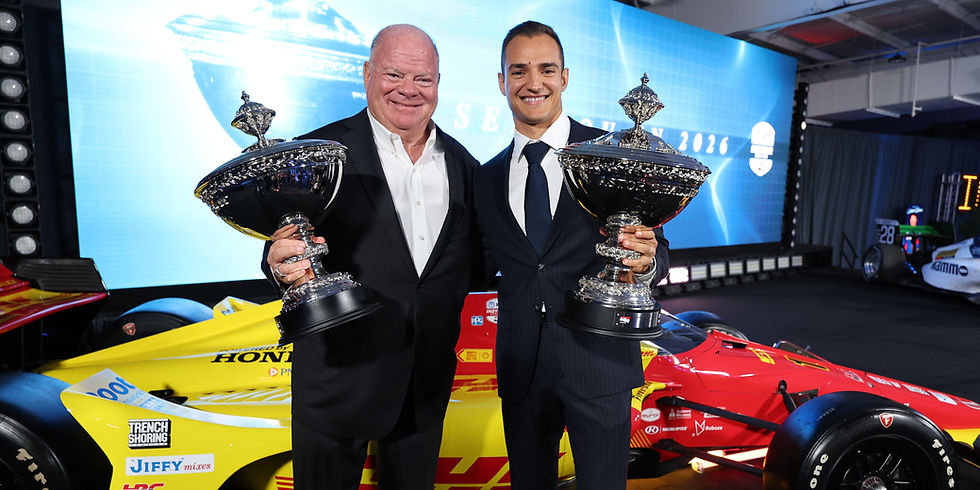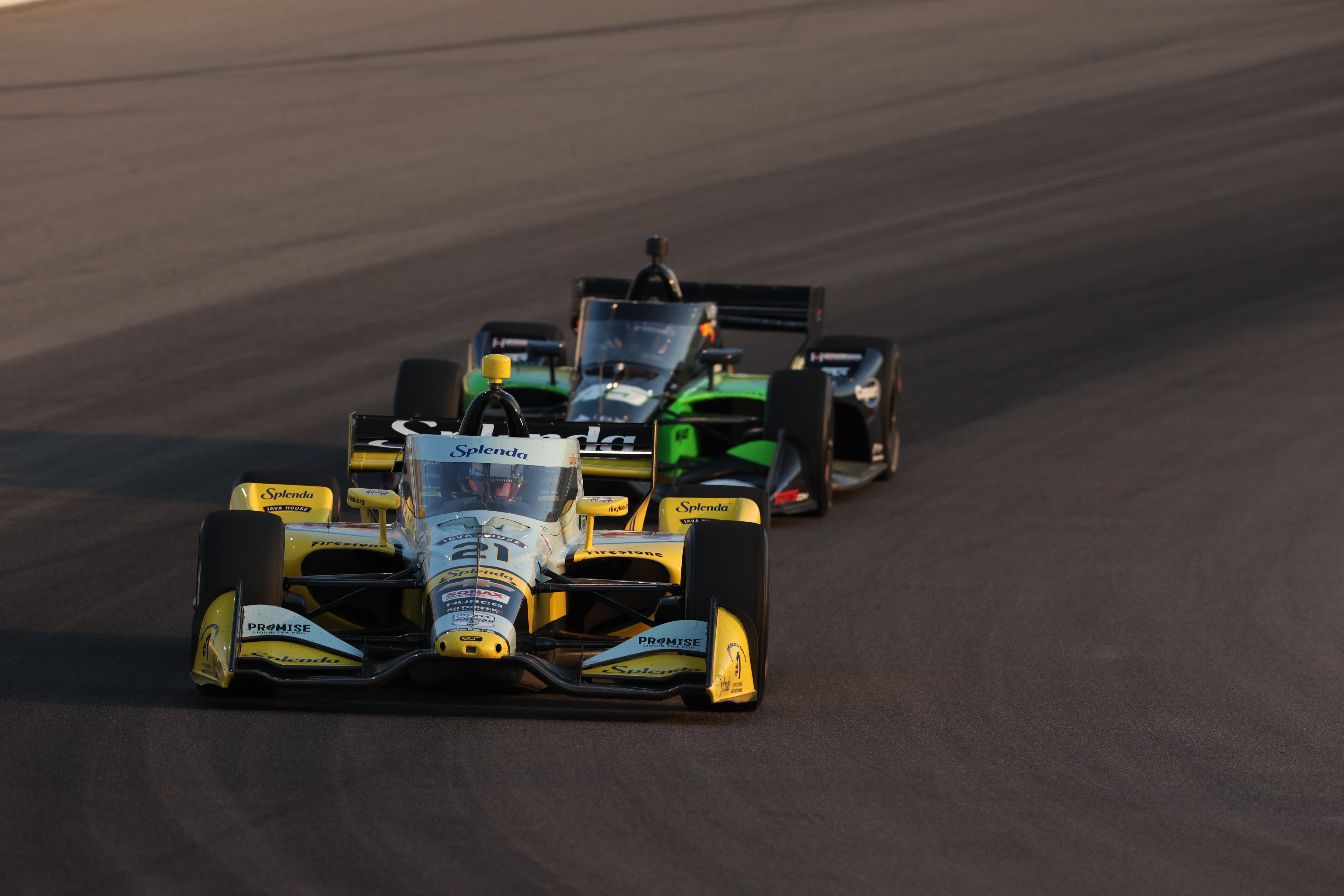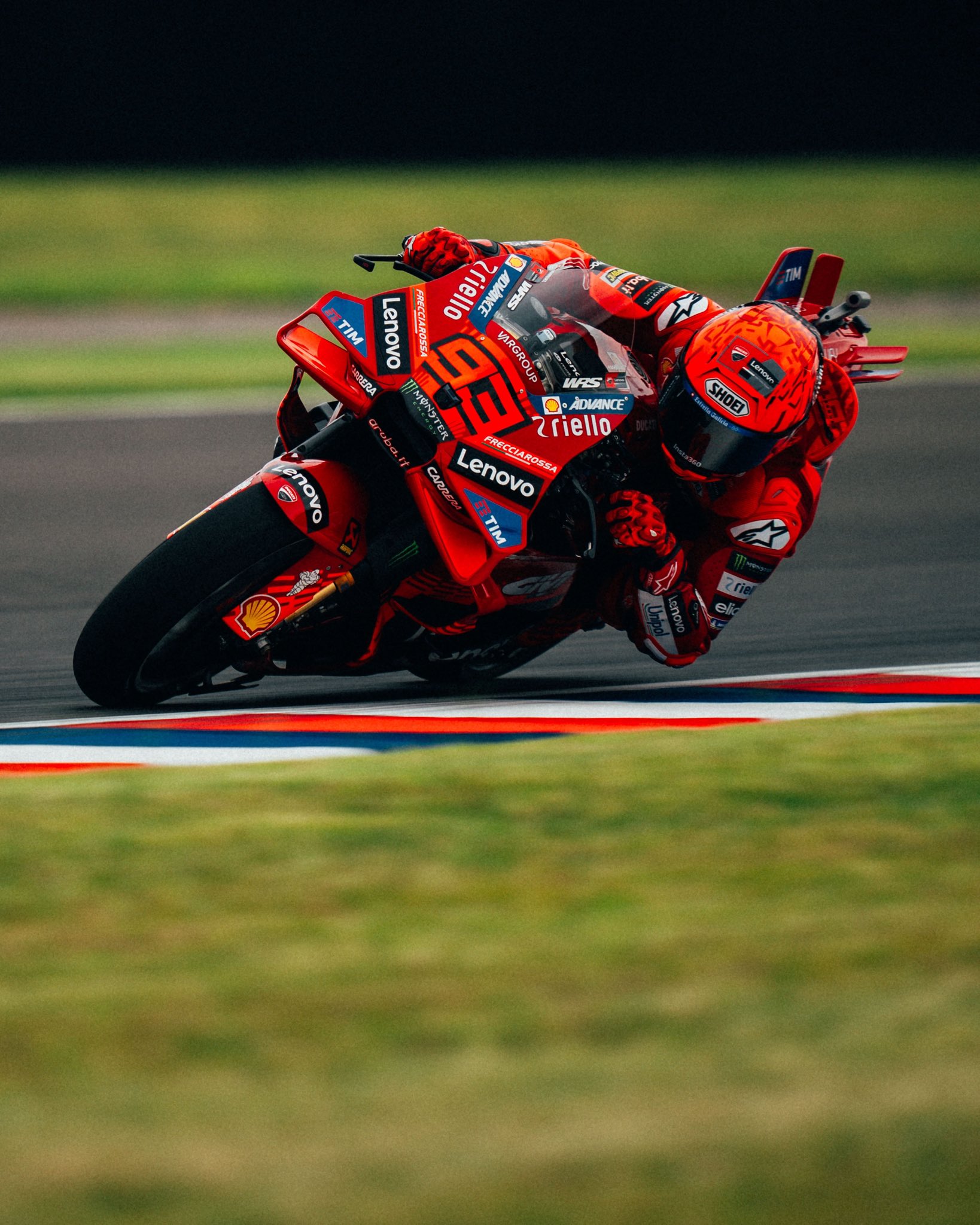Roman Disaster: Analysing Formula E’s Largest Crash
- Max Smolarski

- Jul 22, 2023
- 5 min read
Updated: Mar 7, 2025
Written by Max Smolarski, Edited by Vyas Ponnuri
Mitch Evans, the self-called gladiator of the electric streets of Rome, reigned victorious for his fourth victory at the Italian capital during Round 13, but his race win was overshadowed by a largely tense aura around the paddock.
The Saturday race saw a major incident on lap nine, that took out six cars in total, in one of Formula E’s most violent crashes, and many drivers were close to injury, but managed to escape unscathed. However, the affected garages would have only 15 hours (including post-race curfew) to repair damaged cars. How did the events unfold, and can anything be done to make the track safer the next time round?

Let’s take a look at the proceedings before the incident. Sam Bird got off the line well, and was marginally quicker off the start line than polesitter Mitch Evans, to take the lead and maintained a small gap to his teammate. André Lotterer brought out the safety car on lap three, crashing on the outside of turn six, with the incident being an unfortunate taste of what was to come. Further back, Sébestian Buemi and Edoardo Mortara had problems braking into turn seven, allowing a number of cars to get past them, including their teammates Nick Cassidy and Max Günther. This would be crucial for the latter pair, as they would avoid damage later on.
Evans passed Bird at the restart on lap five, as Bird started to manage energy. Evans was the first driver in the top 10 to take Attack Mode on lap seven, giving Sacha Fenestraz the lead. Fenestraz then kept the lead as he, Rene Rast, and Bird took Attack Mode on the following lap. Championship leaders Jake Dennis and Nick Cassidy closed up on Bird, having chosen not to follow the leaders into Attack Mode just yet.
Bird had marginally less energy on lap nine compared to the two behind, meaning he had to push to create a gap. The steep climb up the almost flat-out and blind turns five and six on Viale Romolo Murri is a tricky section to navigate, being predominantly bumpy. Bird turned in late on entry into turn six, hitting the centre of the largest drain cover, the same one that had caught out Lotterer earlier in the race, as well as Jake Hughes earlier in the day during qualifying.
Bird’s Jaguar was unsettled by the large bump, and lost rear grip, making the car hit the outside wall. Dennis and Cassidy sped by on the inside just in time, before Bird hit that inside wall at the exit of turn six. At this point, race control brought out a double-waved yellow at the necessary mini-sectors. Günther followed, slowing to squeeze through the right side, with Bird’s car fully perpendicular to oncoming traffic. Buemi briefly saw Günther slowing on the outside, meaning he had to keep his inside trajectory, before having nowhere as Bird blocked the rest of the track. Buemi hit the brakes, and steered to the right, before hitting the #10 Jaguar’s rear at nearly 180kph.
The collision’s speed and angle meant that the #16 Envision nearly flipped around before slamming onto the halo of António Félix Da Costa’s Porsche, as the Portuguese driver was right behind the Envision at the time of the incident. After the race, both Buemi and Da Costa commented about not having seen any yellow flags at the time.

Due to the nature of the first big shunt, the Jaguar was bumped enough to be right in the middle of the track, making it even harder for drivers to escape contact. Stoffel Vandoorne noticed the stricken Jaguar and veered right, violently hitting the outside wall, although he managed to make it back to the pit-lane. The other DS Penske of Jean-Éric Vergne, as well as the Nissan of Norman Nato, squeezed through the inside with minor damage, but also managed to get that fixed.
Mortara wouldn’t make it past unscathed though, slamming the brakes at the last moment, before his Maserati MSG car crashed into the side of Bird, narrowly missing the monocoque crash structure by a few feet to the right. Both cars drifted to the outside of the corner after impact, but that didn’t stop other cars retiring. Behind Mortara was a train of seven cars, headed by Pascal Wehrlein and Lucas Di Grassi. Di Grassi was unable to react to Wehrlein’s braking, damaging the front wing and suspension of the Mahindra, as well as pushing the #94 Porsche into the wall, and causing the steering column to snap. Di Grassi’s car ground to a halt at the entry to turn seven, whilst Wehrlein managed to get his car repaired.
Dan Ticktum, Nico Müller, Sérgio Sette Câmara, and Roberto Mehri all went through the debris field without any damage. Robin Frijns, the driver in between Câmara and Mehri, drifted while braking, sending his rear-right wheel into the nose of the damaged Jaguar, subsequently breaking the suspension, and sending the ABT Cupra into the wall. Frijns was the sixth and final retirement of the multi-car shunt.
A number of drivers spoke to The Race about wanting a change to the bumpy corners. Bird stated the FIA “need to address it and they need to get rid of some of the drains in the middle of the track. It’s not right.” And this problem had already been mentioned last year, as Buemi had commented “it was just a matter of time in my opinion [before] this happened and I raised the point already last year.” However, race director Scot Elkins suggested a lack of necessity for track changes, saying that “in many cases we can adjust the environment, but in this case, I don’t know if that is something we need to do.”
Out of the six retired cars, only Bird’s crash produced a G-force large enough to alert the medical team. Luckily, the Jaguar driver escaped without serious injury, as was the case for the other five drivers. Many cars needed their monocoque tubs replaced due to the violent damage, but luckily, there were enough spares around the paddock for every car to be fixed, and ready for Free Practice 3 the following morning. Despite being the scariest crash Formula E has experienced, the incredible technology in motorsport not only means all drivers are as safe as they possibly can, but also the fact that racing can resume once again, with all cars participating in the sessions once again.















Comments